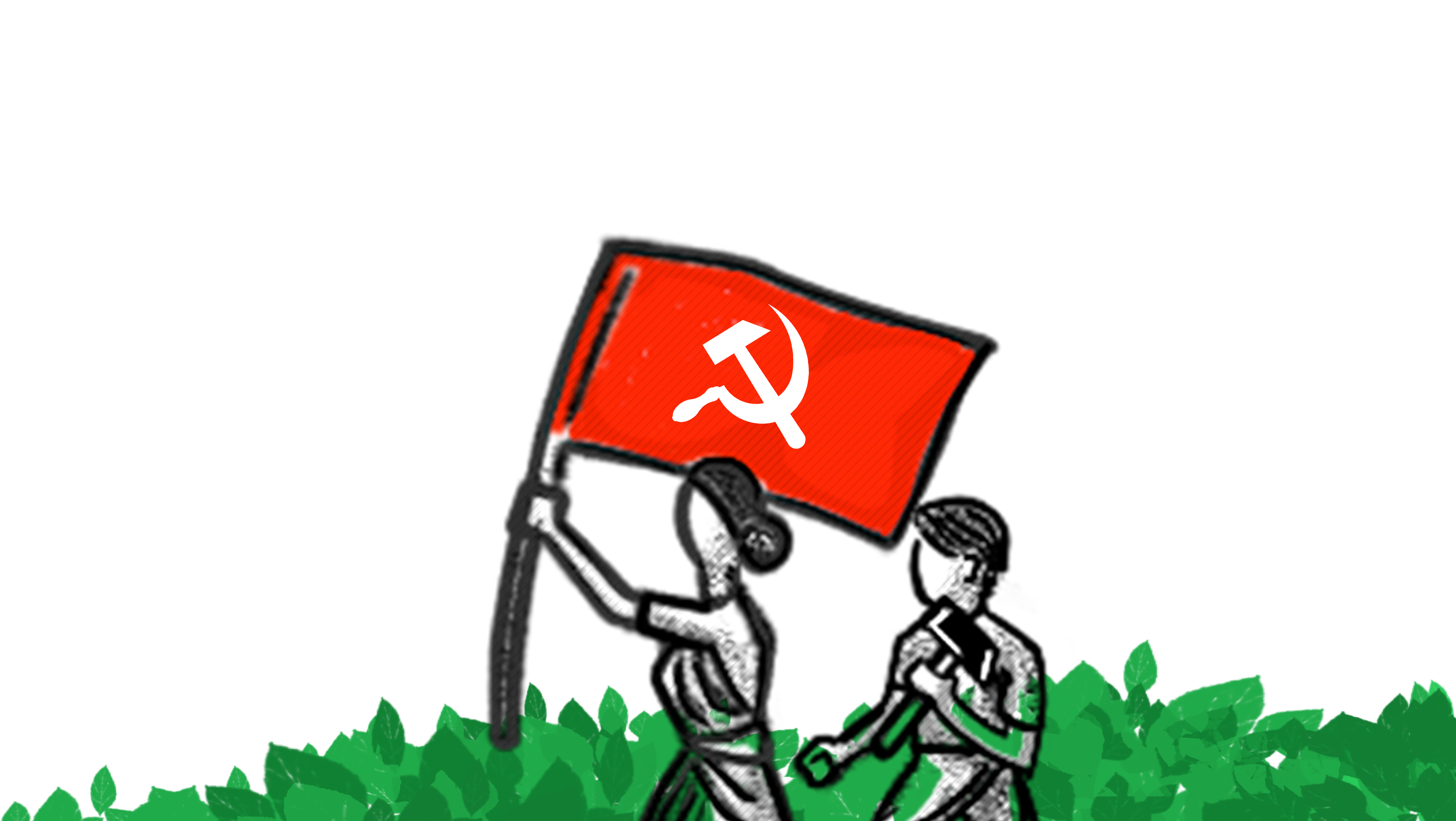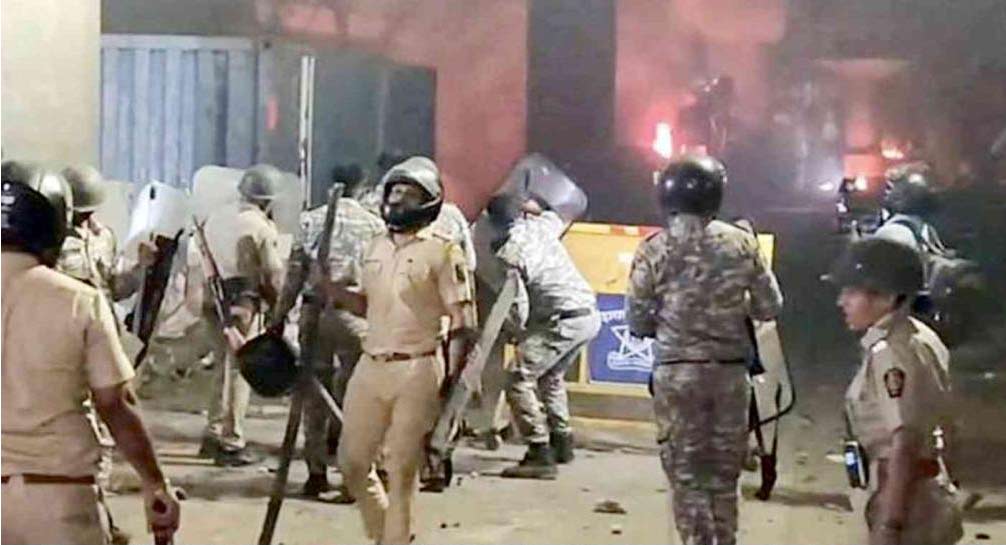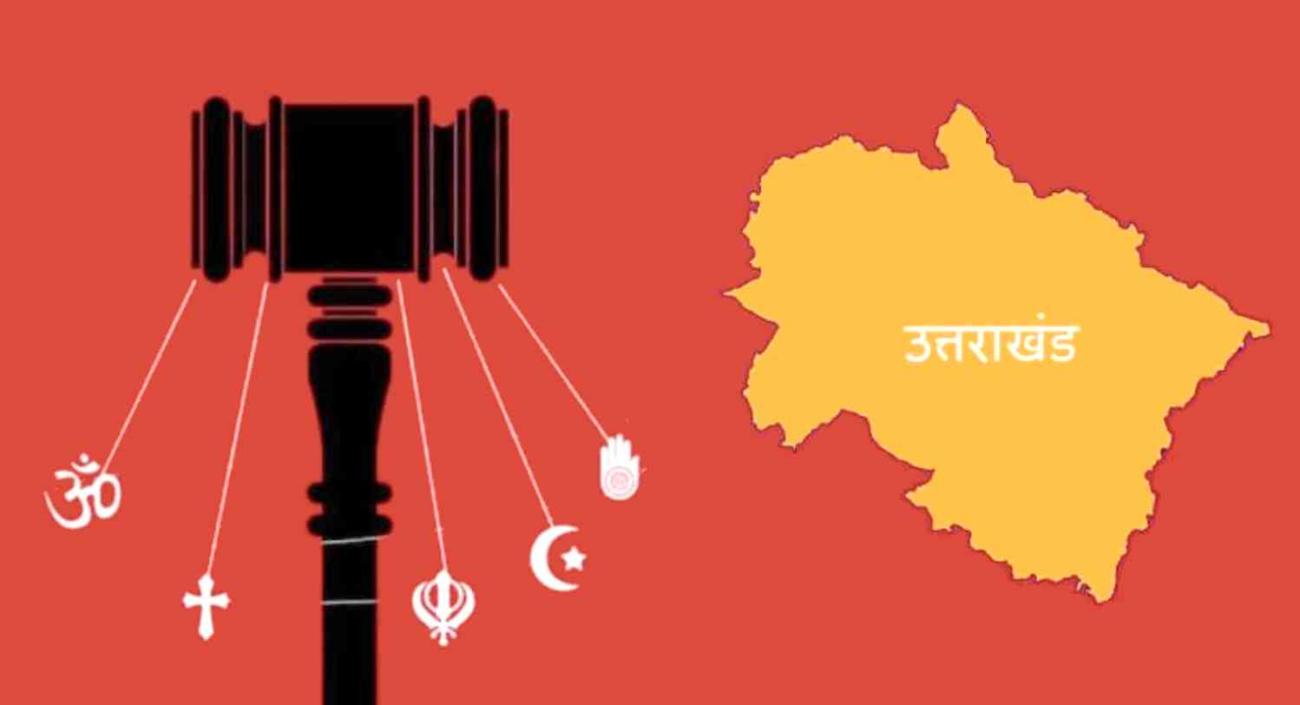The turmoil in Tibet has been greeted by die-hard anti-China hawks with demands of boycott of the Beijing Olympics. In India, BJP and the likes of George Fernandes have raised an uproar in Parliament with their shrill anti-China hate campaign over Tibet. The US has always used the Tibet question as part of its overall strategy of containing China and in the present instance too, it is entirely possible that Washington is looking for ways to embarrass China with a disruption of the Beijing Olympics.
The US Speaker Nancy Pelosi, appearing at a public gathering with the Dalai Lama in India, has recently said that people who failed to speak out against China and Chinese oppression� would lose all moral authority to speak on human rights.� The storming of the Chinese Embassy in Delhi by Tibetan protestors on the same day as Pelosis speech was surely no coincidence. For the US, in the month of March that marks five years of the US invasion and occupation of Iraq (years that have seen the public horror and shame of Abu Gharib), to claim moral authority� on human rights is brazenly outrageous. Those who support the occupation of Palestine and continue to occupy Afghanistan and Iraq surely have no right to accuse other regimes of oppression� or occupation�! Nationality struggles are fault lines that the US has exploited time and again to further its imperialist interests, Kosovo being a glaring example. Be it Tibet or Kashmir, the US is eager to manipulate the situation in order to strengthen its strategic foothold in Asia.
Also on the anvil is a visit by British premier Gordon Brown on the Dalai Lama in India. It is one thing for Tibetan refugees in India to have the right to protest; but it is highly reprehensible for India to allow its soil to be used to facilitate gross interference and proclamations by the imperialist US and its allies on internal matters of China. Indias response to the Tibet question too is marked by glaring double standards. The right-wing brigade led by the BJP has used the Tibet plank for their virulent anti-communist, anti-China hysteria. But the Indian States own treatment of nationality struggles in Kashmir and the North East has been marked by arrogant and brutal military suppression. Special Powers have been conferred on the Armed Forces giving them a licence to freely indulge in summary execution, rape and repression in both these regions. In spite of popular struggles demanding scrapping of the AFSPA, the Indian State continues to justify and impose the AFSPA in the name of anti-insurgency. The BJP has led the jingoistic cries for even harsher and more bloody military suppression of the aspirations of the people of Kashmir and the North East, decrying every demand for autonomy as a threat to Akhand Bharat. The reports of Tibetan protests outside Tibet, even in Beijing, certainly point to a greater degree of integration of Tibet with China than that of, say, Kashmir with the rest of India: how many times have we seen a Kashmiri Muslim protesting on the streets of Delhi?
The Tibet situation must be viewed in the context of the many shifts and phases in Chinas Tibet policy and in the Tibetan movements own priorities between 1959 and 2008. Tibet has been touched by significant economic development and by the late 70s, China had allowed for greater accommodation of Tibetan culture, language and religion. In the wake of the Soviet collapse, however, there was a change of mood. The Dalai Lama, spurning an offer to visit China, elected instead for greater closeness with the US. With descriptions by the US Congress of Tibet as an occupied� territory coinciding with renewed outbursts in Tibet, China once more tightened its grip. The Tibetan movement, in the course of time, has come to focus mainly on issues of autonomy rather than that of secession. The protesters may raise shouts of Free Tibet, but this slogan does not seem to find wide acceptance in the Tibetan mainstream today. Even the Dalai Lama, the internationally recognised icon of Tibet, has reiterated in the wake of the current turmoil that genuine autonomy is what the Tibetan people want. In such circumstances China would do well to address the aspirations for autonomy through political dialogue rather than by repression and martial law. The spectacle of protesting Buddhist monks being brutalised by armed forces can hardly evade comparisons with similar scenes in military-ruled Burma and the tragic stigma of Tiananmen.
One hopes that China will take proper lessons from the Soviet experience, where bruised national sentiments played no small part in the great shipwreck. Democratic and peace loving people of the world are deeply concerned over the situation in Tibet, and expect China to handle the agitations and the ethnic tensions with greater sensitivity and maturity. Chinas stance on economic questions has been one of pragmatic flexibility: in the case of Hong Kong, China has shown its willingness to experiment with a policy of one country, two systems�, where the Central Peoples Government is responsible for the territorys defence and foreign affairs, while the Government of Hong Kong is responsible for its own legal system, police force, monetary system, customs policy, immigration policy and so on. Cant we, then, expect greater accommodation on Chinas part of Tibetan aspirations for autonomy?
While resolutely resisting every attempt to fan up an anti-communist and anti-China frenzy over Tibet, we do hold that state repression can only be counter-productive, providing grist to the imperialist mill and allowing greater room for US interference in the region. A lasting solution can be reached only through political dialogue in a democratic atmosphere.





